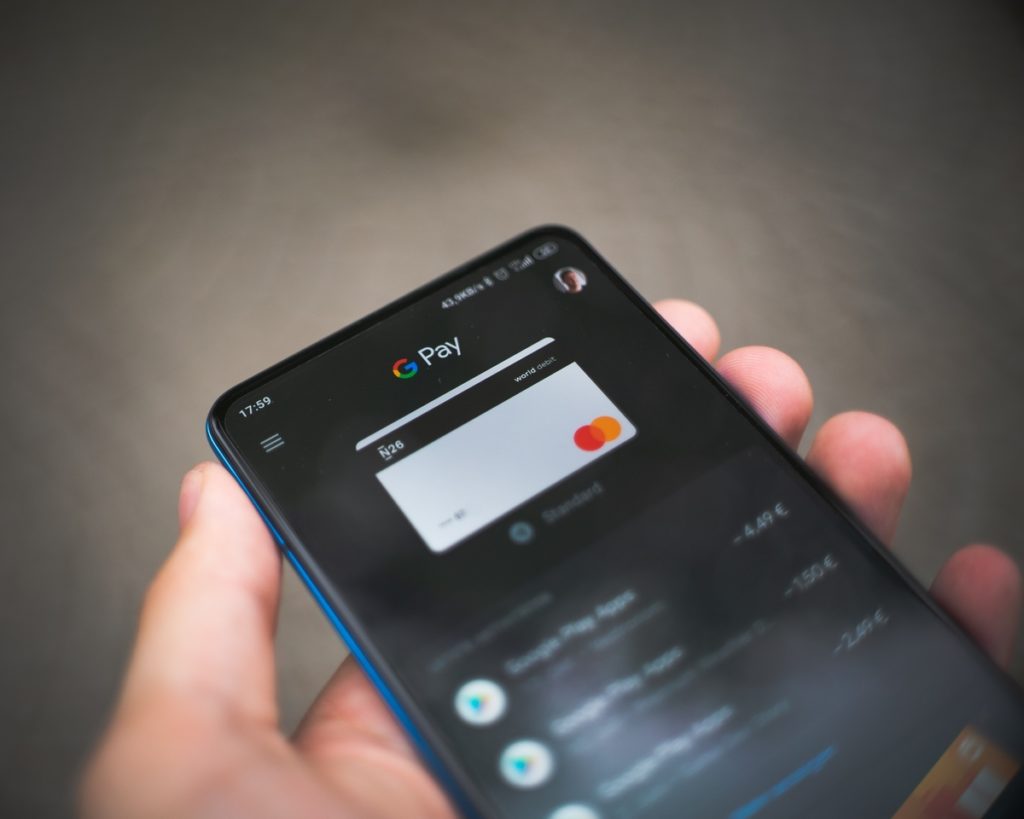Author: Jesse Swash, Co-Founder Design by Structure

Jesse Swash
The lessons for the future lie in the past. The same truths still hold. This time the story is the consumer, technology is the agent of change and the tale is the customer purchase journey.
The world keeps changing – we can’t change that. Online growth has accelerated, fast-tracked during the pandemic, and from now on only going to grow. Instore continues to shrink – no surprise there. But in truth, it was struggling before lockdown and is unlikely to recover to its hay day.
The truth is that customers are still shopping. The lesson is that how they shop and how they pay is and always has been changing. Learn that lesson. Be on the right side of change. That means embracing the change agent. Embracing the ‘change technology’ enables the way we all shop and, for the purpose of this story, pay.
Instore. Online. Omni-channel, multichannel or, blended. However, we want to describe it there are two key choices. Physical or virtual. Place your bets, allocate your resources, email with offers, entice in-store, catch your customers however you can. That race is on and has been for some time.
But there is another race happening too: behind the scenes; in the pocket; in the wallets and smartphones of your customers and prospects. This race is, with whom will they will pay?
For the customer, the method of payment is becoming increasingly important. There are traditional credit cards. There are the disruptors such as Revolut and Monzo. There are the new(ish) arrivals of PayPal, Apple Pay and Google, who in turn are being challenged by the even newer and free-thinking Klarna.
So, the big question is, as a payment brand how to make sure you’re chosen by and loved by consumers and which brands do retailers lean on and learn to embrace. Decisions. Decisions.
Payments as an industry continue to grow (global payments revenues totalled $1.9 trillion in 2018 alone (McKinsey)). A market that big, no wonder non-banks and non-traditional players are entering to grab their share. The opportunity to disrupt and carve out market share lies in joining the dots in the customer journey. It used to be a channel choice to connect to the retailer. Now it’s a channel choice to the retailer then a wallet choice at the terminal.
The ability of consumers to opt for a brand at the point-of-purchase, to pay with a brand they choose or even love, changes the connection to the bank or financial service provider in a way many fail to grasp. The ties that connect the customer to the brand and weaker and weaker.
The Retail Disconnect
So, imagine you’re at the checkout page or in the store at the till. For a bank or payment provider, its name on the screen or the payment terminal is the key point of connection with you, their shared customer.
Don’t assume you’ll be the chosen one. When the customer can choose the payment provider that offers the best vouchers and rewards, will they choose you? When they can simply wave their phone or ‘Smile-to-pay’, when they never see your logo or brand, how do you build that relationship that keeps them by your side?
The answer always lies in the lessons of the successful brands and businesses from the past and focussing on the customer needs. Stores used to make you queue. The agile and customer focussed introduced self-checkout. The free-thinking added roving assistants that come with their own till. And the really clever took advantage of online to shift or blend their offer and drive huge fortunes.
Now take an extra step, instore or onscreen, work hard to re-invent and re-position your brand so you’re on the terminal or by the confirm purchase button. Think what message this sends the customer. We’ve thought of you. We’re on your side. We’re your friend. We’re changing to suit your needs. Choose us. Stay with us.
Becoming ‘The Chosen One’
Some brands will be leaders, some innovators, but not all will survive. They never do. But none of those that seek to succeed can afford to avoid the cracking landscape of payments that is happening within banking.
The winners in the transactional world of retail and consumption need to be customer-focused, more responsive, and deliver the services their customers actually want. This is always the start of our advice to every FinTech we work with and help.
Make sure what you offer keeps adapting. Make sure your offer is driven by customer demands. Be relevant. Keep up with Apple and Google. Have a view on Klarna. In short, make sure you’re the chosen one, however, your customers want to pay.
Because the lesson the past teaches us this time. Only the chosen will survive.

This article is part of a series published in Global Banking and Finance Magazine.

30th October 2020
The Power of Emojis
- Q. Should emojis be banned from work emails? -
Author: Nicole Clemens, CEO Design by Structure
Emojis shouldn’t be banned from work emails and if we think about them in terms of semiotics then emojis are simply visual language cues.
Workplace communications are going through a huge transition right now, so we need to adapt and be flexible in how we convey thoughts, ideas and ultimately stay connect with each other.
The written word can often be misinterpreted in terms of the intended tone, so adding an emoji can support the intent and be beneficial to the reader. When it comes to liaising with clients and the use of emojis, it just depends on the nature of the relationship and the content of the message as to whether these are appropriate. If you’re talking to a sales & marketing team then is a simple extension of an existing business vernacular, if you are about to launch a piece of comms then
is a simple extension of an existing business vernacular, if you are about to launch a piece of comms then  has its place. More and more we are connecting and communicating with clients in Slack so
has its place. More and more we are connecting and communicating with clients in Slack so  is a universal language that is relevant and understood in addition to saving everyone time.
is a universal language that is relevant and understood in addition to saving everyone time.
This comment appeared in Management Today.